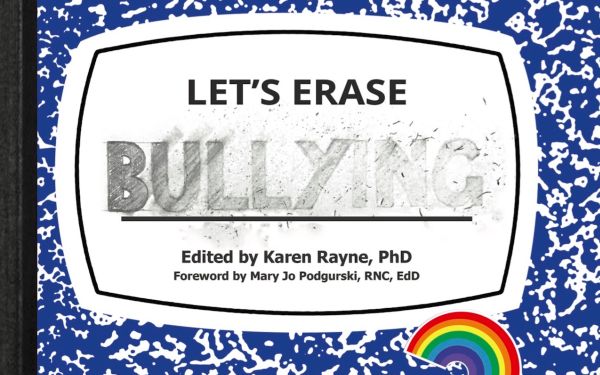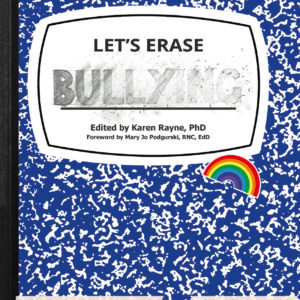
Last time we posted an excerpt from Let’s Erase Bullying, we touched upon the issue of what it takes to be a responsible bystander. This next lesson takes things a step forward, teaching students how to stand up when they see harmful behavior in the spirit of fostering a safe learning environment.
And being able to create such an environment is key, really, in order to make it through any of these lessons. It’s tough to push the envelope—to make it possible for others to feel comfortable asking questions and sharing—if there’s fear of social and/or cultural reprisal.
The world we live in is rife with such landmines, with people afraid to be their truest selves as long as their truest selves are in any way outside the norm.
These differences can feel even more striking for adolescents and teens.
Here are ideas for changing that…at least in your classroom.
COURAGEOUS BYSTANDERS:
Everyday Heroes
By Scott Michels and Catherine Dukes, Ph.D.
Objectives
By the end of this lesson, participants will be able to:
- Develop group norms and personal accountability that support a safe classroom
- Describe Courageous Bystander qualities and skills
- Model two Courageous Bystander skills through role-play
Audience
All ages
Rationale
Creating a safe and productive learning environment for students is especially important when discussing sexuality and sexual health education. Many of the reasons youth are bullied are centered on perceived cultural transgressions concerning gender and sexual orientation norms (e.g. heterosexuality as the norm). Harmful social norms have repeatedly led to victimization of girls/women and also LGBTQ-identified youth. While many educators use group rules to create safety, a critical component to safe spaces is for each student to feel accountable to one another and to have the skills to respond to harmful behaviors. In this lesson, educators will facilitate a safe learning environment that goes beyond the group rules by establishing the steps that students can utilize to call one another out on harmful acts. Further, this lesson introduces the concept of bystander interventions and how students can use these skills not only in the classroom but also outside the classroom, in their school, work, and personal lives. This lesson is an opportunity to empower youth to create positive action and culture change within their class and outside of it.
The discussions included as part of this lesson plan include a conversation about group norms, and what makes some positive and others negative; the establishment of accountability; role-playing; and more.




